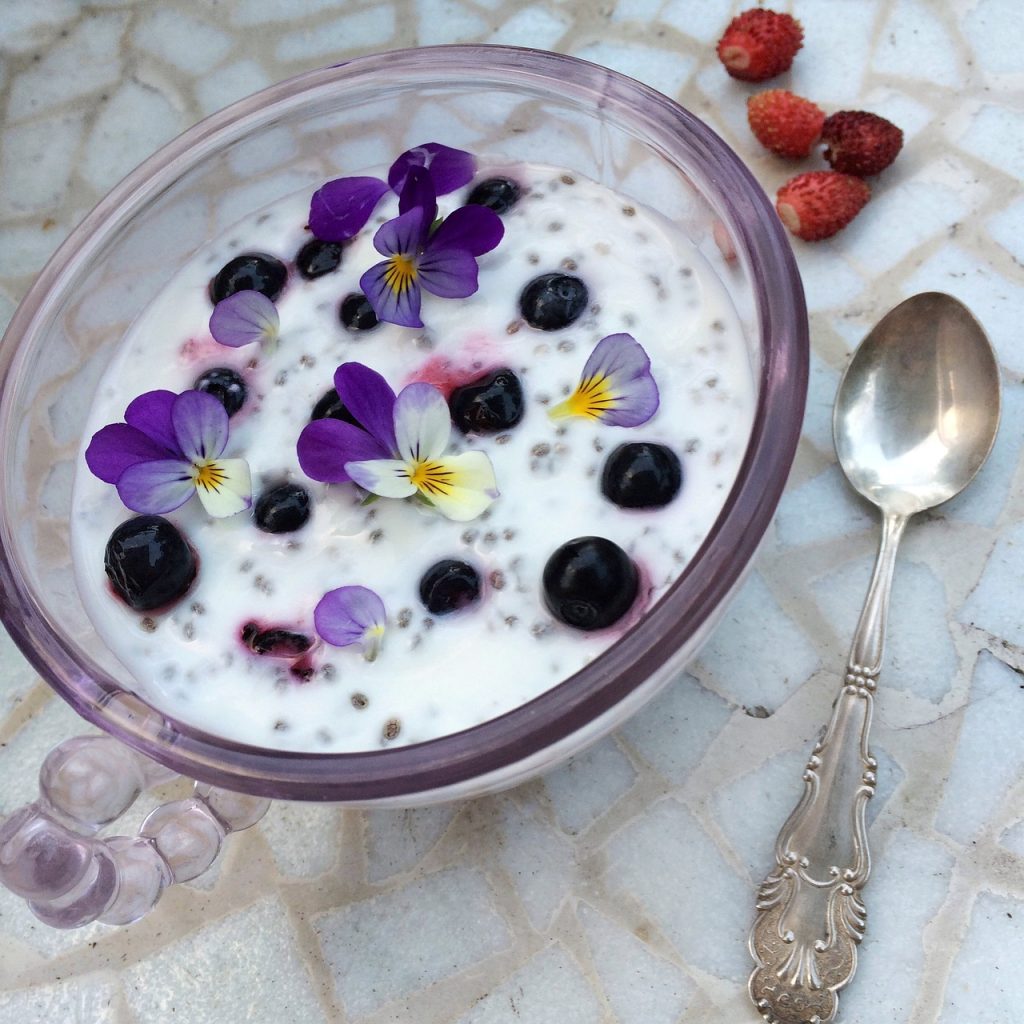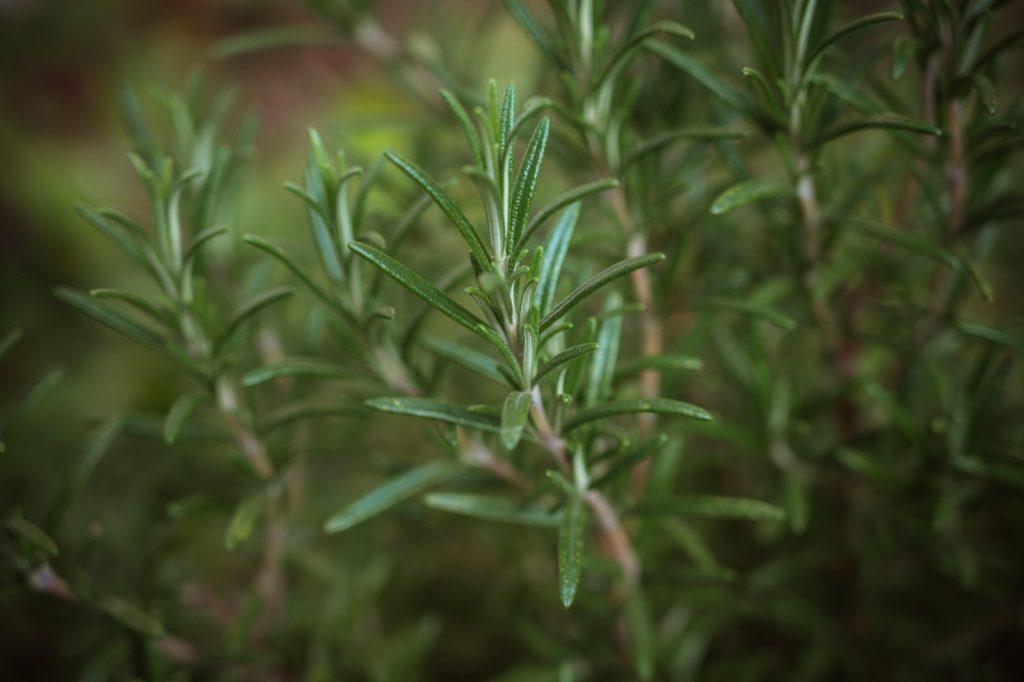[Article updated on 19/09/2023]
It’s spring, the flowers are starting to bloom, the temperatures are warming up and we want to add color and taste to our culinary preparations.
In this article I invite you to invite the spring season onto your plates thanks to edible flowers and aromatic herbs that will brighten up your 5 senses!
Edible flowers
Edible flowers are flowers that can be used in cooking to add interesting flavors, colors and textures to a variety of dishes. Some of these flowers have a long history of culinary use in different cultures, while others are more recent in cooking use.
The use of edible flowers can be traced back to ancient China, where chrysanthemum flowers were often used in dishes to add a unique flavor. In Europe, the tradition of using edible flowers also dates back to ancient times, where the Romans often used flowers in their cooking. However, the use of edible flowers was largely abandoned during the medieval period, before making a comeback in recent decades. There are many different edible flowers, each with unique flavors and culinary uses.

The most commonly used flowers in cooking : nasturtiums, roses, violets, lavender, marigolds, borage, pansies and poppies.
Basil, coriander, thyme and oregano flowers are also commonly used as a garnish or ingredient in dishes.
- Nasturtiums are often used to add a tangy, peppery flavor to dishes.
- Rose petals are sweet and fragrant, and can be used to flavor desserts, jams and syrups.
- Violets have a sweet and delicate taste, and can be used to decorate desserts or to flavor drinks.
- Lavender has a strong flavor and can be used to flavor desserts, jams and salad dressings.
- Worries have a spicy taste and can be used in soups and stews.
- Borage have a fresh, herbaceous taste, and can be used to flavor salads and fish dishes.
- Thoughts have a slightly sweet taste and can be used to decorate cakes and desserts.
- Poppies have a mild, sweet taste and can be used to flavor syrups and teas.
Edible flowers are often used to decorate dishes, adding color and texture to presentations.
They can also be used in salads, soups, stews and meat or fish dishes to add flavor. Edible flowers can also be used to make teas, syrups, jams and salad dressings.
However, it is important to note that not all flowers are edible and some may be toxic or allergenic. It is important to learn about each flower before using it in cooking, and to ensure that it is edible. It is also important not to use flowers that have been treated with pesticides or other chemicals.
Aromatic herbs
Herbs are plants that are used in cooking to add flavor and aroma to dishes. They are often used fresh but can also be dried or used in the form of essential oils.
The most commonly used aromatic herbs in cooking are: basil, thyme, rosemary, oregano, mint, coriander, parsley, tarragon, chervil, sage and bay leaf.

Each of these herbs has a unique flavor and aroma that can complement different types of dishes.
- The Basilic is an herb that is often used in Italian cuisine to flavor pastas, pizzas and sauces.
- Thyme is a popular herb in French cuisine, and can be used to flavor meat dishes and soups.
- Rosemary is an herb that is often used to flavor meat dishes, particularly lamb.
- Oregano is an herb that is often used in Mediterranean cuisine to flavor pizzas, pasta dishes and salads.
- Mint is an herb that is often used to flavor drinks, desserts and meat dishes.
- Coriander is a popular herb in Asian and Mexican cuisine, and can be used to flavor rice dishes, salsas and curries.
- Parsley is an herb that is often used to garnish dishes, but can also be used to flavor soups and meat dishes.
- Tarragon is an herb that is often used in French cuisine to flavor fish dishes and sauces.
- Chervil is an herb that is often used to flavor vegetable dishes and soups. Sage is an herb that is often used to flavor meat dishes and sauces.
- Laurel is an herb that is often used to flavor soups and stews.
Herbs can be used fresh or dried, but their flavor is often more pronounced when used fresh.
To store fresh herbs, it is recommended to wrap them in a damp paper towel and store them in a plastic bag in the refrigerator.
Herbs can also be dried by hanging them upside down in a dry, ventilated area.
In conclusion, edible flowers and herbs are key ingredients in many cuisines around the world, and can add a touch of flavor and aroma to a variety of dishes.
There are many different edible herbs and flowers, each with their own flavor and aroma, allowing for a variety of unique combinations and dishes.
Now it’s your turn to have fun!
